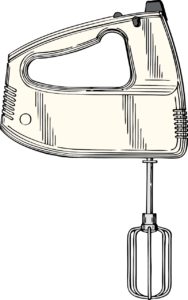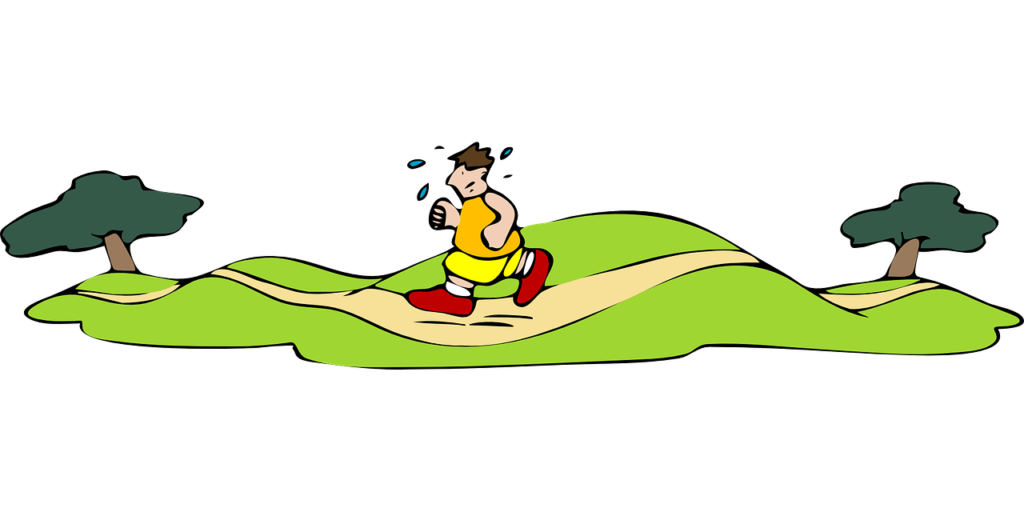We perform footwear fitting starting with measurements of your feet. Then, we discuss your athletic history, injury history, goals, footwear likes and dislikes. From there, we journey down the path of comfort. “Comfort is important for running shoe prescription in athletes to enhance performance and potentially decrease injury risk.” Dr. Christopher Bishop
We do not use the biomechanics/pronation model of shoe fitting. This model does not work – although it is a seemingly logical assessment tool. Pronation doesn’t necessarily change with supportive footwear. Injuries and pain are also not regularly remedied with supportive footwear. Wile one’s gait may look better with support, many times is not any different physically as internal motion continues through the gait cycle.
We help you use footwear with the two principals in mind:
1. The Comfort Filter paradigm is defined as follows by Dr Nigg: Runners use their comfort assessment
to select shoes that will have lower injury rates.
2. The Preferred Motion Pathway model, first proposed by Benno Nigg: Our body or musculoskeletal system has a preferred pathway or any given movement. The role of an intervention (footwear, orthotics, gait retraining) is to support the system in its preferred pathway.
___________________________________________
running shoes & the truth no one will share – but we will
adapted from; Bartold Clinical | bartoldclinical.com
There are no rules. The first and most important rule is that there are no rules. No matter what you have been told, no matter what you have read, there is no one right or wrong way to run for every athlete, just as there is no one right or wrong shoe.
Make the shoe fit.  Following on from rule #1, choose footwear based on your the ability, experience, injury history and goals. From there diversity your shoe arsenal for different applications – trail runs, easy runs, workouts, racing, etc. Each shoe should fill in a piece of the puzzle of what works best for you.
Following on from rule #1, choose footwear based on your the ability, experience, injury history and goals. From there diversity your shoe arsenal for different applications – trail runs, easy runs, workouts, racing, etc. Each shoe should fill in a piece of the puzzle of what works best for you.
Mix it up.  Running is a high injury, repetitive sport. One of the very few established strategies to prevent running injury is to reduce the repetitive load wherever possible. This means that you should be recommending that you “mix there training”.
Running is a high injury, repetitive sport. One of the very few established strategies to prevent running injury is to reduce the repetitive load wherever possible. This means that you should be recommending that you “mix there training”.
Trails are good. Different terrain, different surfaces, and different footwear are the key to keeping the injury rate in running down. There is not an elite runner in the world who always runs on the same surface, in the same shoes, on the same terrain.
Different terrain, different surfaces, and different footwear are the key to keeping the injury rate in running down. There is not an elite runner in the world who always runs on the same surface, in the same shoes, on the same terrain.
Can’t stop motion. Recognize that it is NOT possible to “control” motion with athletic  footwear. and why would you want to? The footwear industry has encouraged us to embrace the concept of “motion control” (stability/supportive) footwear. For the most part, they want you think that pronation is bad, but actually it is GREAT because it is how we absorb shock naturally. The notion that stability and motion control footwear will prevent injuries belong in the same bucket as “the earth is flat” – simply not true and no scientific evidence to support such a claim.
footwear. and why would you want to? The footwear industry has encouraged us to embrace the concept of “motion control” (stability/supportive) footwear. For the most part, they want you think that pronation is bad, but actually it is GREAT because it is how we absorb shock naturally. The notion that stability and motion control footwear will prevent injuries belong in the same bucket as “the earth is flat” – simply not true and no scientific evidence to support such a claim.
_______________________________________________________________________
Why stability shoes are bad…
To say “we are going to stabilize the foot and that will solve all your issues” – well no, not true, nope… it will probably cause more issues up the kinetic chain.
During the stance phase, or shock absorption phase, (of the gait cycle) the foot needs to become a mobile adapter – flexible, so it can adapt to the ground but also so the body can absorb shock. For that to happen you need to pronate. To pronate – movement needs to happen in all three planes. So, your foot becomes flexible. When the foot becomes flexible the arch sort of collapses and makes your foot look like it is rolling in. But that needs to happen to absorb shock.
As your foot passes through that stance phase it becomes rigid which is supination. So your foot becomes a rigid leaver in order to propel your body weight forward. Without pronation and, or supination you will have a hard time moving your body forward without causing problems up the kinetic chain. Or, if you have problems on the pronation side you will have problems absorbing shock. You need both pieces of the puzzle. As long as the foot is getting back to supination, it can pronate a ton. It is a normal movement of the body and you don’t need to stop it or control it.
You can’t manically take load off of one part of the body and make it go away. If you take load off the foot by stabilizing the foot with a shoe, or orthotic, you are sending load up the knee or hip or some other part of the body has to absorb that shock.
To say we are going to stabilize the foot and that will solve all your issues – well no. It will probably cause more issues up the kinetic chain. The shoe industry decided to control pronation to proactively prevent injury. But pronation wasn’t the cause of injuries. Work on strengthening gluteus, lower leg and feet.
– Dr. Kim Davis | Run Lab
_______________________________________________________________________
Recommended Reading
Podcast “Overpronation” 19 min in gets to the point.
Debunking the Myth of Specialized shoes (Nigg)
Running Shoe Classifications Doesn’t Work (Magness)
Management of Heel Pain
